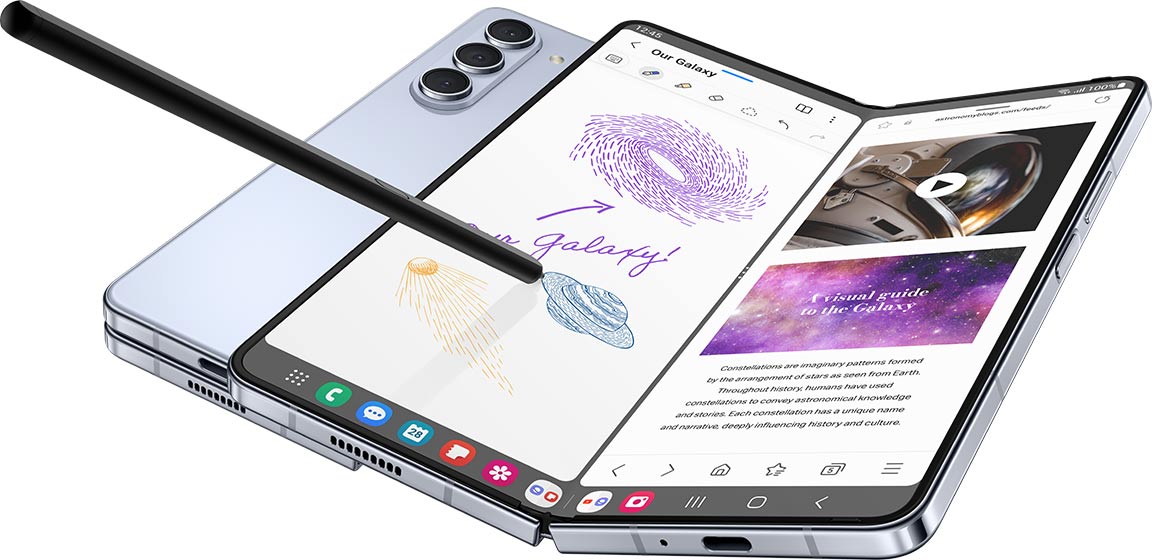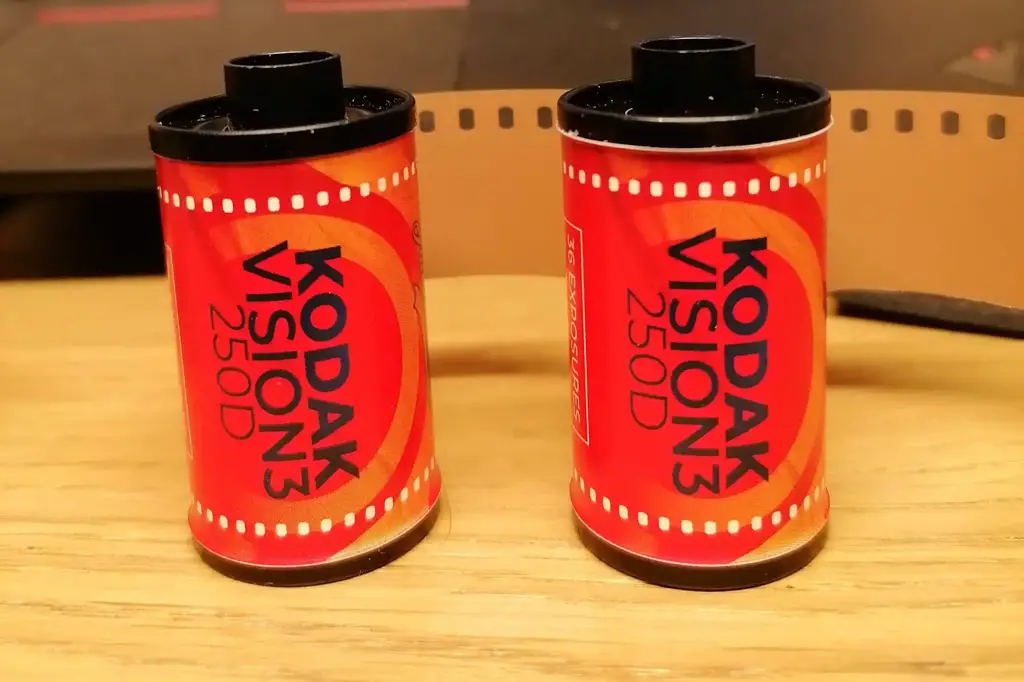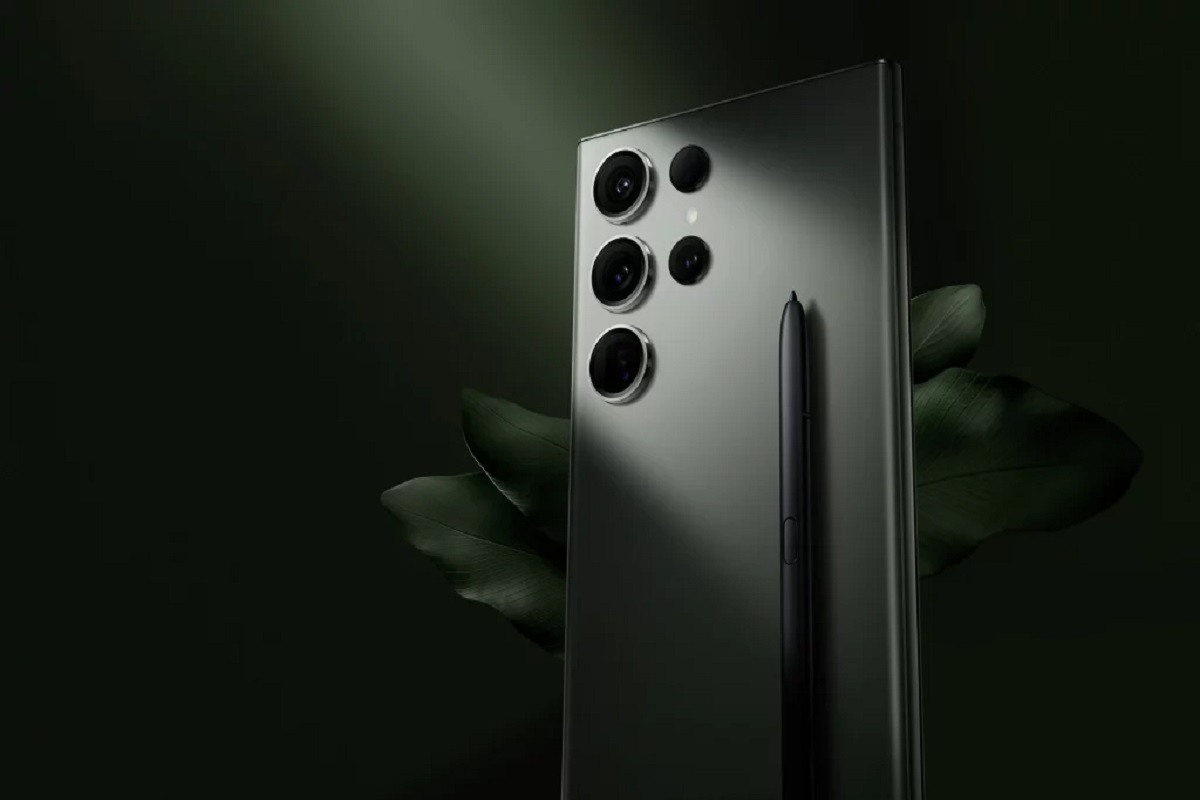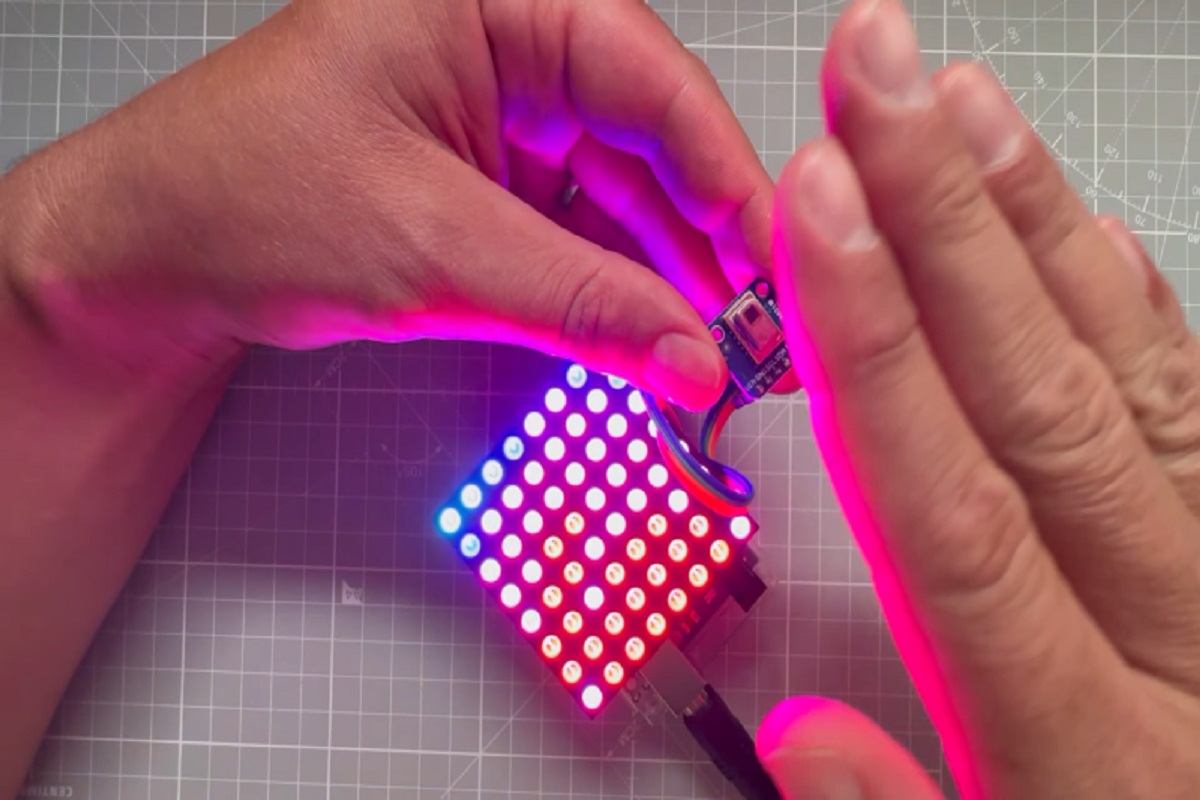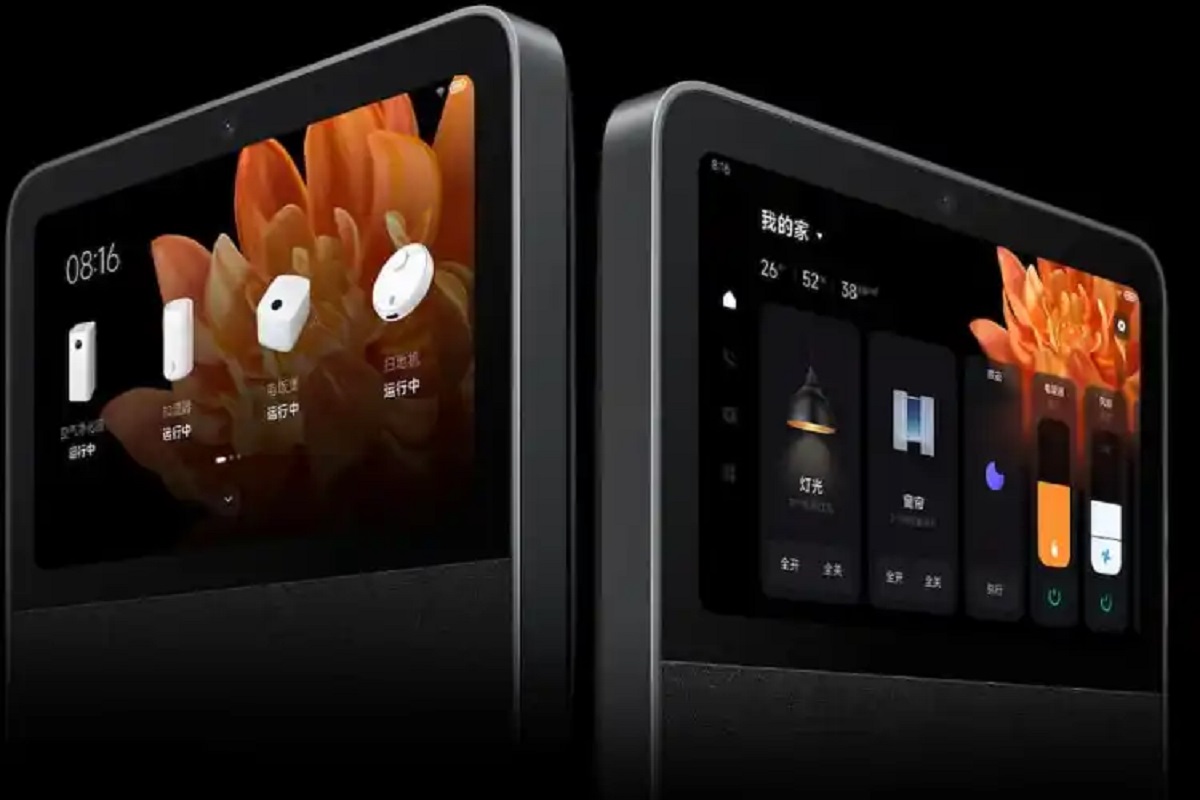The era of USB-C has arrived, bringing with it a wave of versatile and efficient accessories to complement your smartphone. Gone are the days of multiple USB connectors; USB-C has become the standard for most modern smartphones, including the best models on the market. Let’s delve into the realm of the best USB-C phone accessories that can elevate your mobile experience.
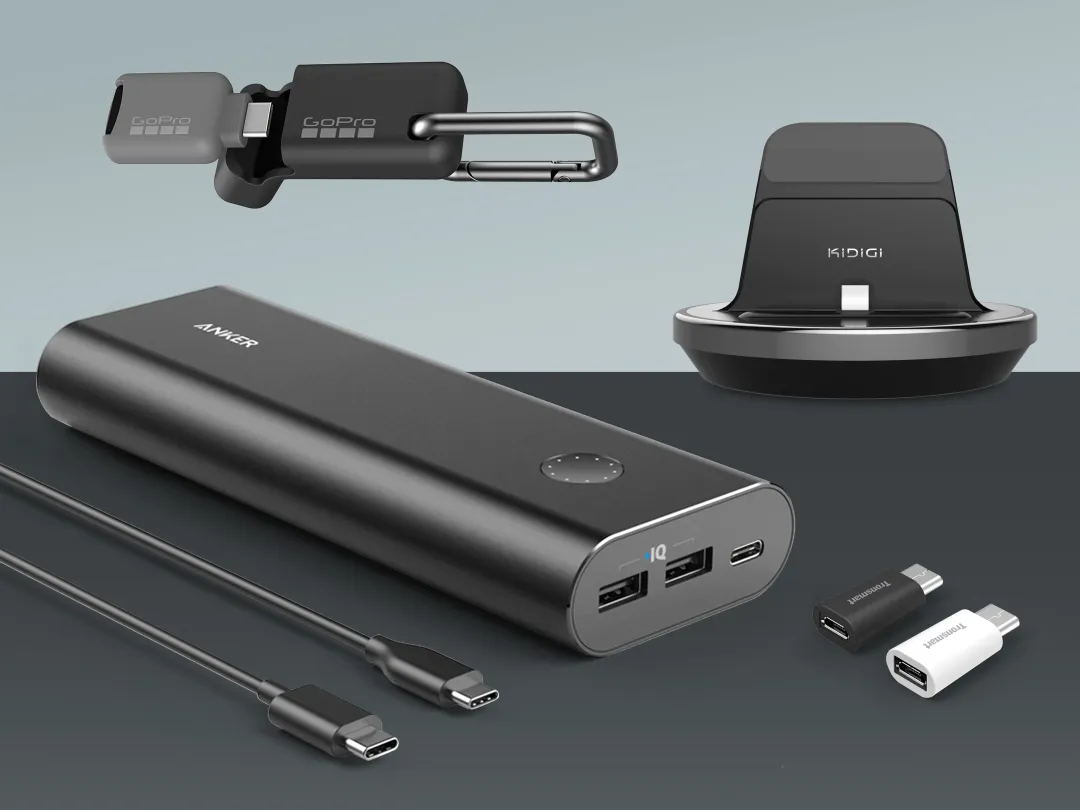
USB technology has come a long way since its inception in the ’90s. With the emergence of USB-C, a transformation has taken place over the past few years. With the exception of Apple, almost every smartphone on our list of best devices features USB-C connectivity. Let’s explore the realm of USB-C phone accessories that can amplify your smartphone usage.
Gone are the days of juggling between various USB connectors like microUSB, Mini USB, and more. The universal adoption of USB-C has simplified the landscape. Beyond its role in charging, USB-C offers a plethora of possibilities. Here, we’ve compiled a list of 10 exceptional USB-C accessories that can seamlessly integrate with your smartphone.
USB-C isn’t a new USB standard; instead, it’s the latest type of USB connector that has revolutionized the tech industry. Its reversible design sets USB-C apart, allowing for easy plug-in regardless of orientation. Moreover, USB-C cables support bidirectional charging, meaning your smartphone can charge a peripheral device and vice versa.
While USB-C itself isn’t inherently faster than previous USB versions, most USB-C cables are equipped with USB 3.1 technology, offering twice the speed of USB 3.0. The introduction of USB 4 has further elevated the capabilities of USB-C.
USB-C isn’t limited to charging; it also supports concurrent power and video transfer. Recent advancements have enabled audio transmission as well. Furthermore, USB-C seamlessly integrates with high-speed data connectivity standards like Thunderbolt 3 and 4, enabling the use of large 4K screens for power and display purposes.
Universal USB-C Desktop Charging Dock
Enhance your device’s functionality with a charging dock that accommodates any USB-C-equipped device. This dock facilitates simultaneous charging and data sync, making the most of USB-C’s capabilities.
Anker PowerCore+ 20100 USB-C
Experience rapid charging with Anker’s PowerCore+. This power bank boasts a high-capacity 20,100mAh cell, ensuring multiple charges for your smartphone.
USB-C to Micro-USB Adapter
This small but essential adapter allows you to connect microUSB devices to your USB-C-enabled gear. It supports USB OTG technology and offers rapid charging and data transfer rates.
USB-C Car Charger
Upgrade your car charging experience with a USB-C car charger that plugs into your vehicle’s 12V port. Equipped with both USB-C and USB-A outputs, it even features a built-in 3000mAh battery for backup charging.
Kanex USB-C to HDMI 4K Adapter
Easily project your content on a 4K screen using this straightforward adapter. Just plug it into your USB-C port and connect it to a display via HDMI for an enhanced visual experience.
As USB-C becomes the standard, embracing its versatility is essential. From charging to data transfer and audio/video capabilities, USB-C phone accessories have unlocked new dimensions of smartphone usage. Whether you’re looking to charge on the go, connect peripherals, or enhance your multimedia experience, USB-C accessories are here to transform the way you interact with your smartphone.


